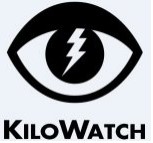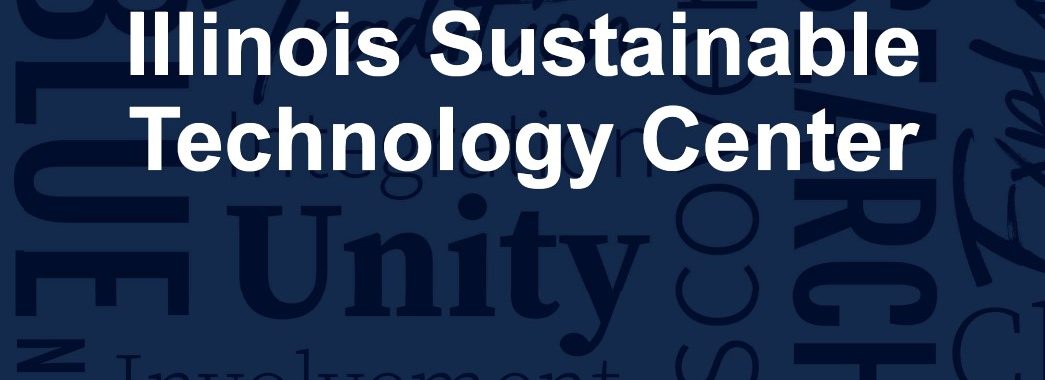April 2022 APEC Southern Illinois KiloWatch
CRACKING THE CODE ON RENEWABLE ENERGY LONG-TERM STORAGE
April 1, 2022
By Larry Erwin
The proliferation of renewables (especially solar and wind energy) presents certain issues relative to current technology. Among these are:
- Energy generation and consumption peaks ordinarily occur at different times of the day for solar and, often, likewise for wind
- Periods of “non-production” occur (nighttime and long periods of overcast days for solar panels, plus periods of low/no wind for wind turbines)
- Periods of overproduction, when energy is being produced, but not required, resulting in “curtailment”
- Lithium-Ion batteries can’t provide long-term storage (typically only four hours)
- Lithium-Ion batteries rely on rare earth or expensive elements, some of which are available only in very limited quantities in the U.S. and/or are primarily found in economically/politically unstable countries. These elements include Lithium, Cobalt, Nickel, and Manganese
- Lithium-ion batteries are volatile and may be prone to fires or explosions
- Lithium-ion eventually experience depletion in their ability to hold a charge.
So, while Lithium-Ion serves well for high-energy-density (or relatively small-device) needs such as electric vehicles, phones and other electronics, etc., its limitation on long�duration storage has spurred development of several technologies that may provide practical (and economically feasible) solutions.
While there are various research firms working on developing efficient and effective technologies, two particular types seem to be particularly noteworthy at the moment. Not only are these technologies viable, they utilize inert and readily available materials and are well on their way to gaining commercial applicability; both have had major investment fund participation and are developing pilot locations with major utilities.
First of all is the iron-flow battery developed by ESS, Inc. of Oregon. This technology only requires salt, water, and iron. Current performance is rated at roughly twelve to sixteen hours of storage capacity. Due to their large size (prototypes are packaged in commercial shipping container-size configurations), these batteries would be networked and “stacked” into large arrays/fields/warehouses.
The second is iron-air battery developed by Form Energy of Massachusetts. It’s based on a “rusting/derusting” technology. Projections are for the ability to perform at roughly one hundred hours of storage. These, like ESS’s iron-flow battery, would need to be networked into large arrays.
A third possibility is air liquefaction, a process that has been in place for almost fifty years for producing industrial gases like liquid nitrogen and liquid oxygen. Such storage systems would closely resemble current liquefaction plants, use readily available off-the-shelf equipment, and can have a small footprint. No rare or volatile materials are required, and these systems are safe and highly scalable. Championed by Highview Power of England, multiple installations are either in place or under construction worldwide, including a joint project with Encore Renewable Energy of Vermont.
While these presently appear to be the most promising and mature in their development, additional technologies are being researched that include thermal energy, compressed air, gravity (lift/stack/lower) systems, and concrete battery storage.
While it remains to be seen which of these many technologies eventually emerges as the de facto “leader” in long-term storage, we must always keep in mind Occam’s Razor, which, in layman’s terms, says that the simplest solution is almost always the best. Time will tell!
For more information check out the following (I apologize in advance for any pop-up ads that may reside within some of the videos).
General information
The Future Of Energy Storage Beyond Lithium Ion – YouTube
ESS, Inc. (Iron Flow)
Forget Lithium Ion We Need Flow Batteries! – YouTube
Form Energy (Iron Air)
Why Rust Batteries May Be the Future of Energy – Iron Air Battery Technology – YouTube
New Iron-Air Battery outperforms best Lithium Ion tech. Cheap. Abundant. Non-toxic & Carbon Free. – YouTube
Highview Power (Liquid Air)
Liquid Air Batteries. Literally energy from thin air. Seriously. Literally! – YouTube
Liquid Air Battery Explained – Rival to Lithium Ion Batteries? – YouTube






